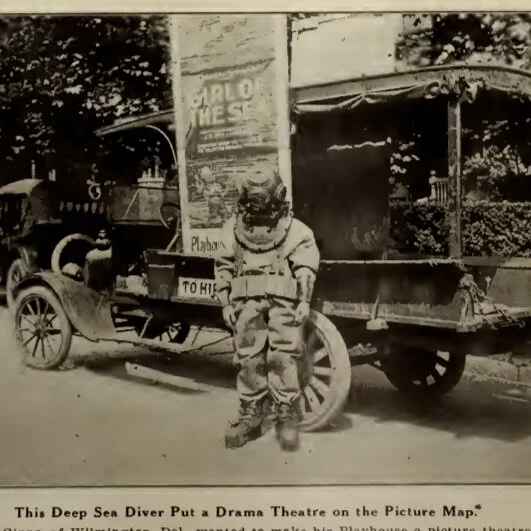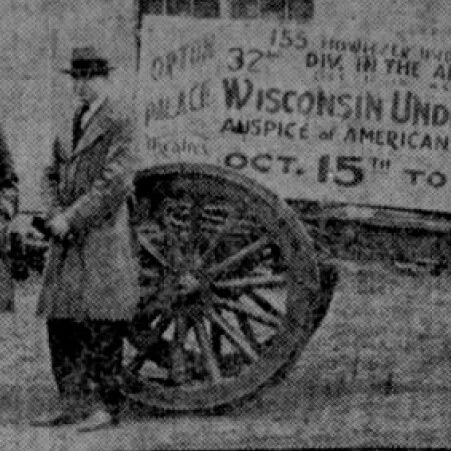The Nonexistent Goetz Projector Patent
“The Story of Monroe: Its Past and its Progress Toward the Present” is a book by E. C. Hamilton written in 1976, which states the following about Leon Goetz:
“In 1928, Leon patented the first sound movie projector and audio system for small theaters.”
It has been the understanding of Chester Goetz’s heirs too that their uncle made his fortune from patenting a movie projection device which was then widely adopted.
The reality is different. Leon Goetz never took out a patent on any theater device, though for a period he did aggressively market his own “synchronous reproducer” system— a suite of sound and image projection equipment— through a Chicago-based company called “Movie-Phone”. Although “Movie-Phone” appears to have enjoyed a period of popularity with theater operators, all indications are that it was out of business after two years (Oct 1928-July 1930).
A 1929 Motion Picture News advertisement.
Movie-Phone’s closure is not necessarily a reflection on Leon’s business skills; the synchronous reproducer market was cutthroat with a great deal of competition among manufacturers. These operating dates suggest that profits from the “Movie-Phone” firm may indeed have paid for the new 1931 Goetz Theater building on the Square, however, Leon was in the ‘health film’ business at this time too. That being said, the Goetz Brothers had already built a valuable theater operating business by 1925— and unfortunately had begun to lose some of it through unwise investments in Milwaukee.
Today I’d like to talk about a patent that Leon did take out—when he was just nineteen years old. Leon Goetz patented a submarine escape pod. His patent represents one of the earliest, if not the earliest, historical evidence for the existence of such a safety device. I have uploaded a copy of the patent here, which I originally found through Google Patents.
How a young man from Monroe— a beautiful, landlocked town in Southern Wisconsin— came to have the nautical engineering knowledge to produce such a device is a mystery. I have canvassed a few submarine historians and their consensus is that while Goetz’s device has problems, it was “state of the art” for the 1910s.
In 1910 the US submarine fleet had only recently been established and was a project championed by Theodore Roosevelt personally. There were only two locations in the US capable of producing these boats— the Crescent Shipyard in Elizabeth, New Jersey and the Union Iron Works in San Fransisco. Beyond these two locations the Brooklyn Naval Shipyard may have pioneered technological innovations like escape pods also, but safety devices like this wouldn’t come into use until the 1940s.
Even stranger, the lawyer who handled Leon Goetz’s patent, Joshua R. H. Potts, literally wrote the book on patent law in the ‘teens and ‘twenties. Potts not only kept offices under his own name in Chicago, but in Philadelphia and Washington D.C. too— just across from the Patent Office. How the son of a tailor was able to afford this high-priced Chicago lawyer for what ostensibly seems to have been a vanity project is a mystery. It would have been more natural for Leon to seek representation from a firm in Madison, which is considerably closer and home to the University of Wisconsin, so would have boasted lawyers with patent experience.
Leon Goetz never served in the Navy nor did he work on boats in any capacity. Leon was not an engineering student; he was a theater man , through and through. He did have tenuous connections with the Theodore Roosevelt political machine, however, and I’ll talk about that more in coming posts.











